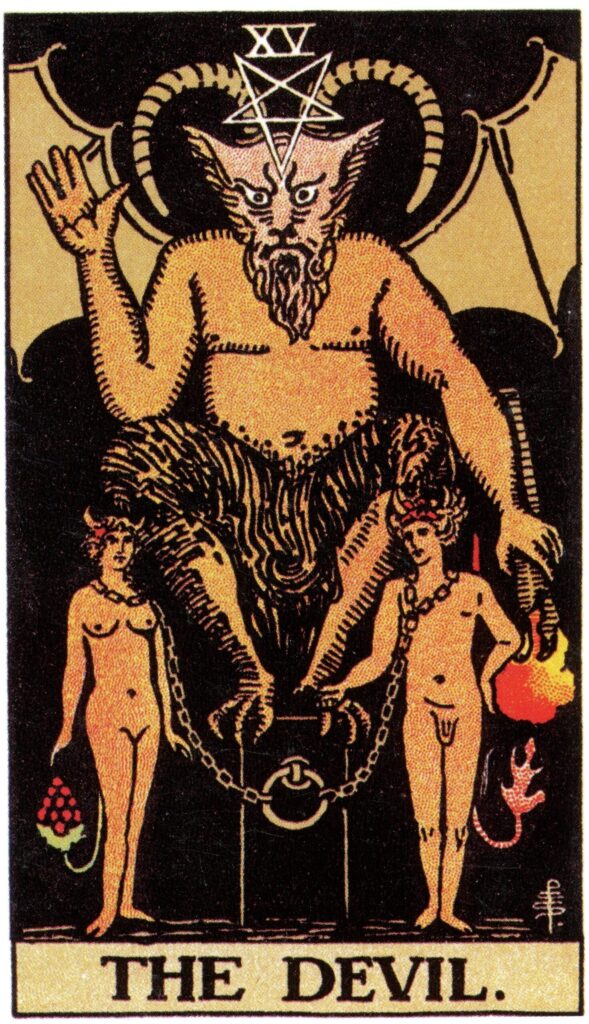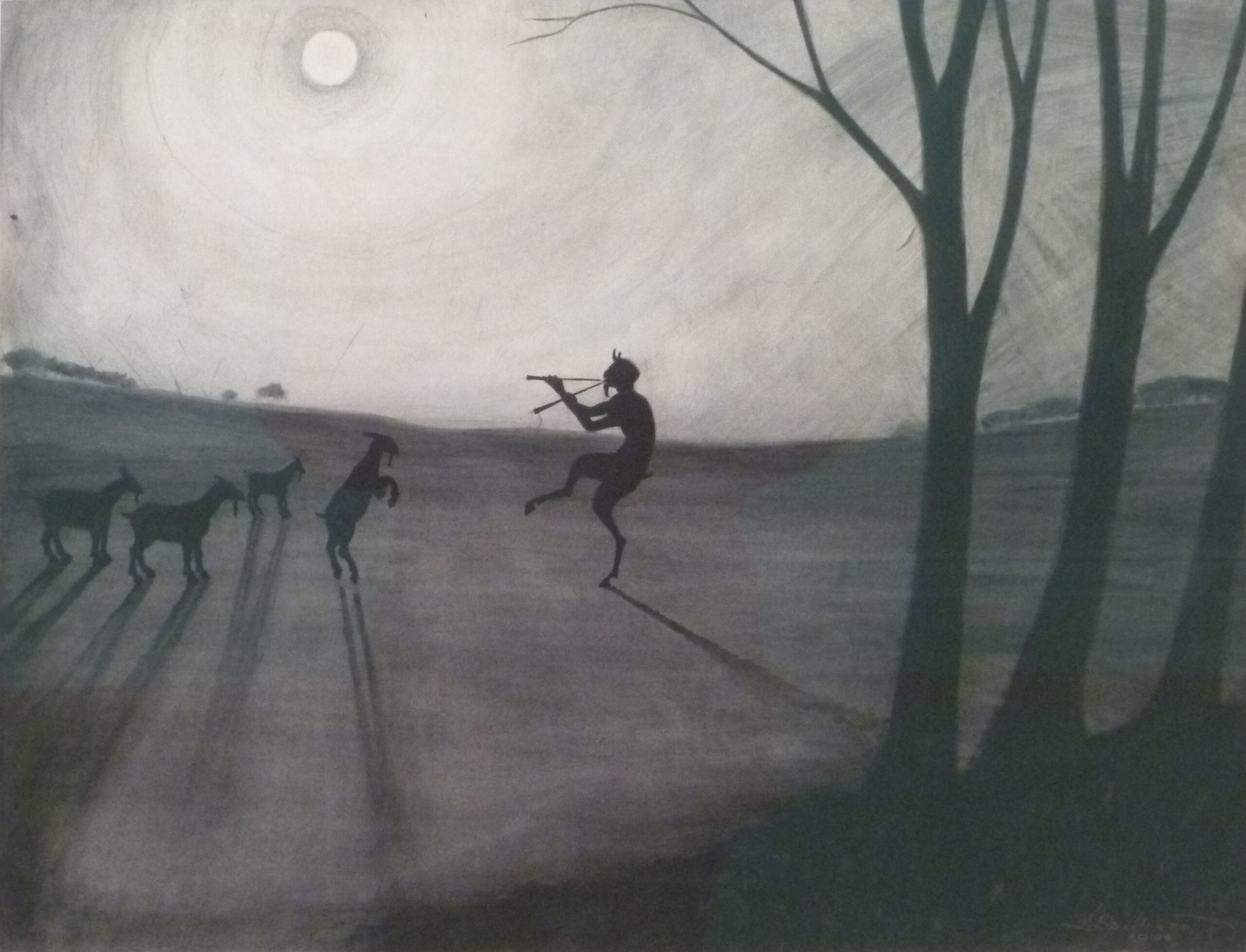It is interesting to observe the layout of Berghain’s Funktion-One sound system. The stacks are profiled exactly like the columns of Carcer. Geomantically, Carcer is the figure of Saturn in Capricorn, domiciled, cold and dry, where matter closes upon itself. The stacks stand aligned like votive stones of an underground temple, projecting waves that shape the space like walls of sound. Everything inside is vibration imprisoned in form.

Carcer comes from the Latin root meaning “enclosure, barrier, place of confinement.” From it descend incarceration, incarcerate, the act of being enclosed within limits. It is the figure of Saturn in his purest essence, the lord of boundaries, of finitude, of the irreversible flow of time.
In astrology, Saturn finds one of his domiciles in Capricorn, the cardinal Earth. He is at home in density, in the element that bears weight and resists movement. Capricorn is matter in its most structured form. It is cold, hard, enduring, the perfect mirror for Saturn’s leaden temperament. It is the weight that holds the Spirit down to matter, binds it to the world, fastens it by the feet so it may not levitate. And those same feet, paradoxically, are the ones that dance there, within his sphere, sometimes so light they feel transparent.
This paradox is profound. In Berghain, where time sometimes feels suspended, that very suspension happens within the web of Saturn. A DJ set, like any creation, obeys time and space; it has beginning, middle, and end. The apparent freedom of Saturn is the illusion that Spirit, whilst embodied, may break entirely from matter. It cannot. To accept the condition of Saturn, the necessity of limit, ending, gravity, is paradoxically to be freed from him.
To allow the set to end, to release it, to let it ascend without chasing after it: that is what breaks the false chains. Liberation does not lie in escape, but in consenting to the measure of the cosmos. It is no coincidence that, in the Tarot, the fifteenth Arcanum – The Devil – is associated with Capricorn, and once again with matter. In the most familiar representation of the card, the Devil binds the two poles – the masculine and the feminine – which in God are one and androgynous, but in flesh are divided. It is the reversal of The Lovers, where it is the Angel who sanctifies their union. Here there is disunion. The inverted pentagram points to the triumph of matter over Spirit.

When we look upon that prison, upon those chains, we open our eyes and realise that the bondage of matter is Saturnian precisely because it is temporary. A single moment of awareness, that opening of the eyes, is enough for the prison to dissolve. Saturn, seated upon his throne in Capricorn, is the pedagogue of limit. He reminds the soul of the price of incarnation: weight, time, form. The Devil, in Arcanum XV, is the dreadful image of density, with Spirit congealed, and unity lost in polarity, the One shattered into the dyad. The imprisoned figures are not bound by chains of iron, but by unawareness; their shackles are loose, and they need only look above, shifting the pentagram upwards.
The same occurs at the end of a set, when one accepts its ending without wishing to chase after it. The final track, often unearthed from Saturn’s own confines of time, as when a DJ searches the dust-laden, bone-framed shelves of the 90s for forgotten, small pearls to bring back to the surface and to the light, is the final seal. It is the Ite, missa est: the announcement that the Mass has ended, but the sacrament remains within you.
For hours, the floor vibrates, bodies dissolve, and time may seem suspended; yet, in the instant of the last track, the micro-second of silence before the applause is the moment when each soul return to its form. To accept this ending – to accept time itself as one of the seven arms of incarnation – is to accept the sigillum. It is to return upward what has descended into matter. And the Carcer opens.
Κύριε ελέησον
